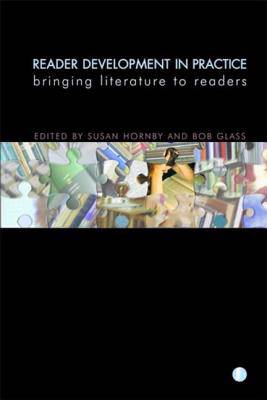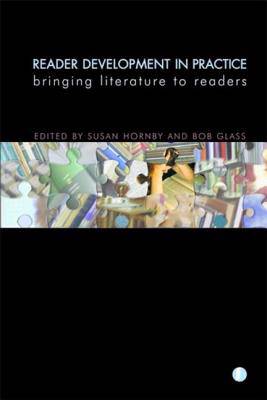
- Retrait gratuit dans votre magasin Club
- 7.000.000 titres dans notre catalogue
- Payer en toute sécurité
- Toujours un magasin près de chez vous
- Retrait gratuit dans votre magasin Club
- 7.000.0000 titres dans notre catalogue
- Payer en toute sécurité
- Toujours un magasin près de chez vous
Reader Development in Practice
Bringing Literature to Readers
Description
Who is the reader? How do we reach them, and why? To what extent are readers determining what libraries offer? How has that changed since the birth of reader development? And what impact has organizational development had on the publishing and promotion of literature?
This edited collection covers all aspects of literature in relation to readership, exploring the chain of events connecting author and reader. It reflects on the challenges facing information professionals in reader development, looks at current promotion and partnership options, and offers new professionals and students fresh ideas, practical guidance and a firm underpinning knowledge upon which to build.These user-friendly and clearly structured contributions bring together the work of expert practitioners and academics from both theoretical and practical perspectives. Key topics include:
regional partnerships and reader development strategiessocial inclusion and accessibility
emergent readers and social regeneration
the roles of imaginative fiction in people's lives
imaginative literature for children and young people
imaginative literature for adults
reading and information technology
promoting books to readers
sharing the knowledge - developing reflective practitioners.
Readership: This contemporary guide is essential reading for library and information professionals, students and academics. It will also be of great value to students taking literature and publishing courses. Who is the reader? How do we reach them, and why? To what extent are readers determining what libraries offer? How has that changed since the birth of reader development? And what impact has organizational development had on the publishing and promotion of literature?
This edited collection covers all aspects of literature in relation to readership, exploring the chain of events connecting author and reader. It reflects on the challenges facing information professionals in reader development, looks at current promotion and partnership options, and offers new professionals and students fresh ideas, practical guidance and a firm underpinning knowledge upon which to build.
These user-friendly and clearly structured contributions bring together the work of expert practitioners and academics from both theoretical and practical perspectives. Key topics include:
- regional partnerships and reader development strategies
- social inclusion and accessibility
- emergent readers and social regeneration
- the roles of imaginative fiction in people's lives
- imaginative literature for children and young people
- imaginative literature for adults
- reading and information technology
- promoting books to readers
- sharing the knowledge - developing reflective practitioners.
Readership: This contemporary guide is essential reading for library and information professionals, students and academics. It will also be of great value to students taking literature and publishing courses.
Spécifications
Parties prenantes
- Editeur:
Contenu
- Nombre de pages :
- 240
- Langue:
- Anglais
- Collection :
Caractéristiques
- EAN:
- 9781856046244
- Date de parution :
- 20-08-08
- Format:
- Livre relié
- Format numérique:
- Genaaid
- Dimensions :
- 165 mm x 239 mm
- Poids :
- 771 g

Les avis
Nous publions uniquement les avis qui respectent les conditions requises. Consultez nos conditions pour les avis.





